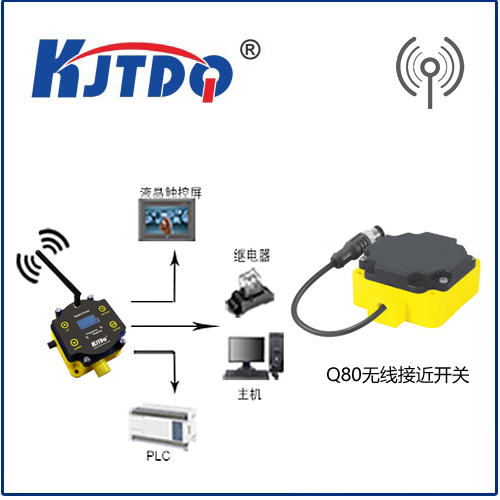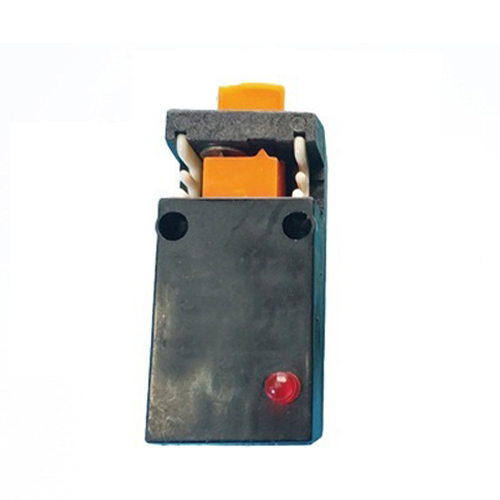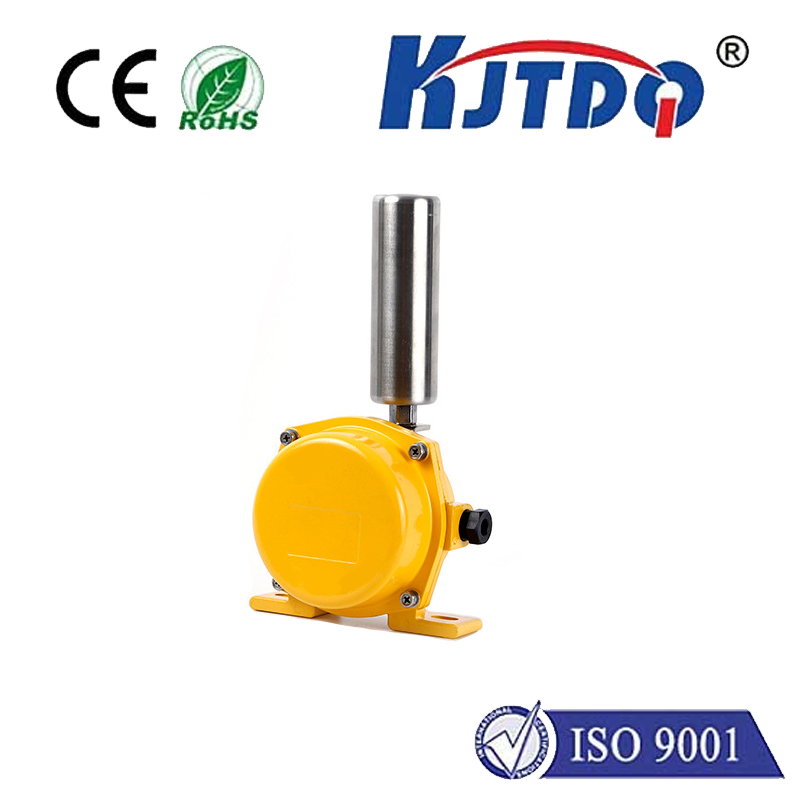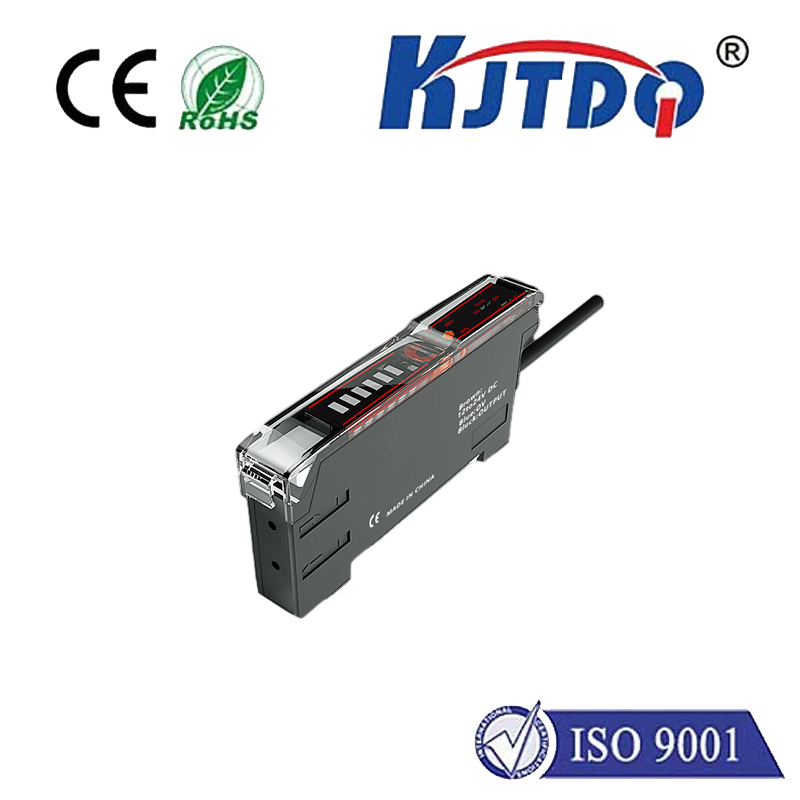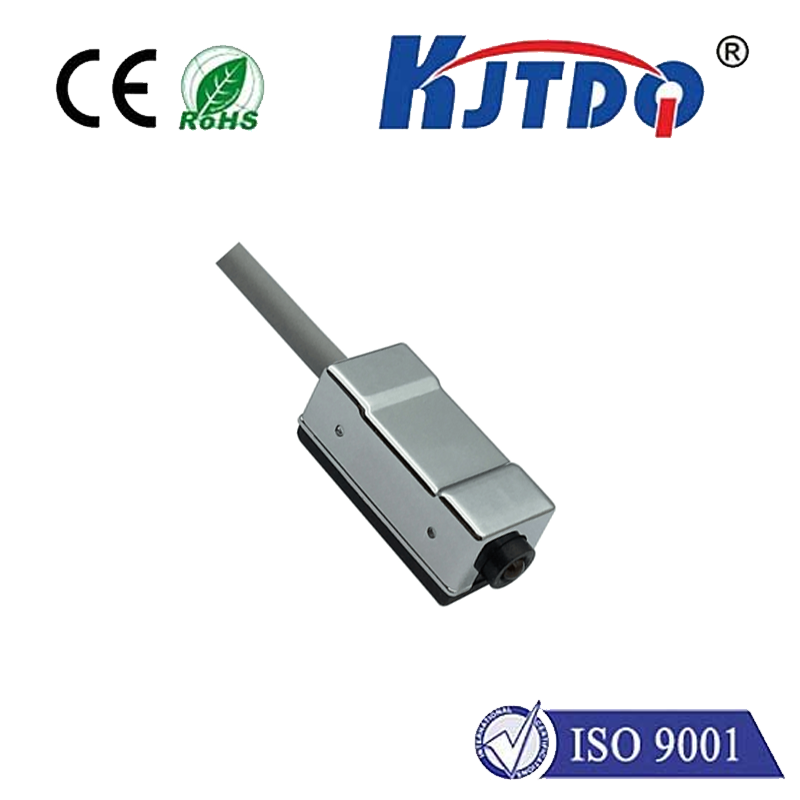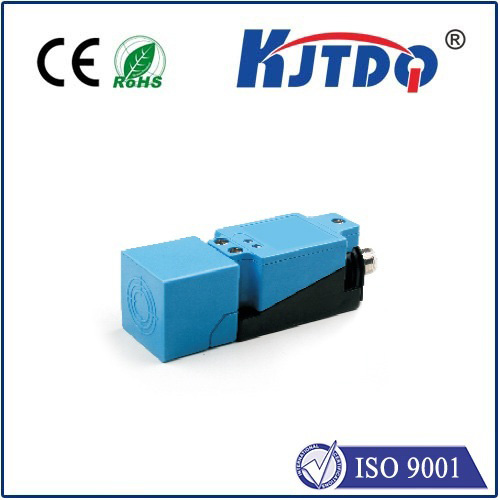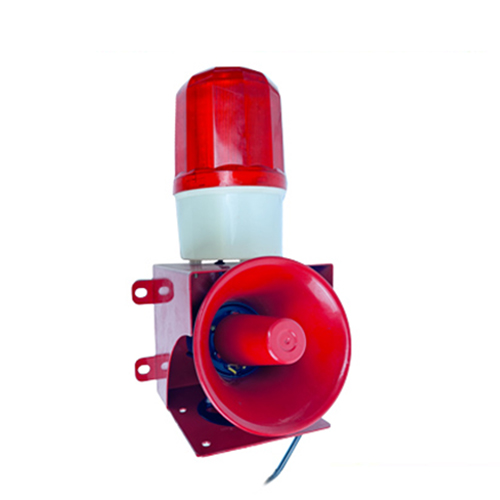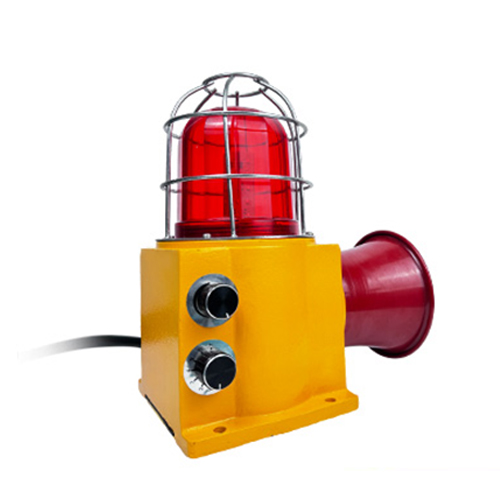VL53L0X Precision: How This Laser Sensor Redefines Accuracy in Modern Tech Imagine a world where robots navigate flawlessly through cluttered spaces, drones avoid obstacles with split-second reflexes, and smartphones focus cameras with surgical precision—all thanks to a tiny sensor no larger than a grain of rice. At the heart of these advancements lies the VL53L0X, a groundbreaking time-of-flight (ToF) laser-ranging sensor developed by STMicroelectronics. This article dives deep into the precision capabilities of the VL53L0X, exploring how its cutting-edge technology enables millimeter-level accuracy and transforms industries from consumer electronics to industrial automation.
The VL53L0X is a single-chip ToF sensor that measures distance using an infrared laser. Unlike traditional infrared sensors or ultrasonic modules, it calculates distance by emitting a laser pulse and measuring the time it takes for the light to reflect off an object and return. This method, known as time-of-flight measurement, eliminates inaccuracies caused by ambient light or surface color, delivering consistent results even in challenging environments. With a measuring range of up to 2 meters and a resolution as fine as 1 mm, the VL53L0X outperforms conventional sensors. Its compact size (4.4 x 2.4 x 1.0 mm) makes it ideal for space-constrained applications, while its low power consumption ensures compatibility with battery-powered devices.
What sets the VL53L0X apart is its ability to achieve sub-millimeter precision under optimal conditions. This is made possible by two key innovations:
VCSEL Technology: The sensor uses a Vertical-Cavity Surface-Emitting Laser (VCSEL) to emit a focused, eye-safe infrared beam. Unlike LEDs, VCSELs produce a narrow, coherent light beam, reducing signal noise and improving measurement consistency.
SPAD Detection: A Single-Photon Avalanche Diode (SPAD) array captures reflected photons with exceptional sensitivity. This allows the sensor to detect even weak signals, enabling accurate readings at longer distances or on low-reflectivity surfaces. Additionally, the VL53L0X incorporates built-in algorithms to compensate for “multipath interference”—a common issue where light reflects off multiple surfaces before reaching the detector. By filtering out erroneous signals, the sensor maintains accuracy in complex environments, such as rooms with glass walls or uneven textures.
The VL53L0X’s blend of accuracy, speed, and compactness has made it a favorite across industries. Here are three standout use cases:

Robotics and Drones: Autonomous robots rely on the VL53L0X for collision avoidance and navigation. For example, robotic vacuum cleaners use the sensor to map rooms and avoid obstacles like furniture legs or pet toys. In drones, it enables precise altitude hold and landing assistance, even in low-light conditions.
Smartphones and AR Devices: Modern smartphones integrate the VL53L0X to enhance camera autofocus speed and accuracy. In augmented reality (AR) glasses, the sensor helps track hand movements or measure distances to virtual objects, creating seamless interactive experiences.
Промышленная автоматизация: Factories deploy the sensor for object detection on assembly lines. Its ability to measure tiny gaps or align components with micron-level precision ensures quality control in manufacturing processes.
While the VL53L0X excels in controlled settings, real-world conditions often introduce variables like sunlight, dust, or moving targets. Fortunately, the sensor’s design addresses these challenges:
Ambient Light Rejection: Advanced filtering techniques allow the VL53L0X to operate outdoors or under bright indoor lighting, with minimal performance degradation.
Dynamic Calibration: The sensor automatically adjusts its measurement parameters based on environmental changes, ensuring consistent accuracy without manual intervention. However, users should note that highly reflective surfaces (e.g., mirrors) or transparent materials (e.g., glass) can still pose challenges. In such cases, combining the VL53L0X with complementary sensors, like ultrasonic modules, often yields the best results.
When stacked against alternatives like the TeraRanger One or Sharp GP2Y0A21, the VL53L0X holds its ground. Key advantages include:
Smaller Footprint: Compes often require additional circuitry or larger form factors.
Lower Power Consumption: The VL53L0X draws just 20 mA during operation, making it suitable for wearables and IoT devices.
Faster Response Time: With a measurement speed of 50 Hz, it outperforms many ultrasonic sensors limited to 10–20 Hz. That said, the VL53L0X’s 2-meter maximum range falls short of LiDAR systems used in automotive applications. Yet, for most consumer and industrial uses, its balance of performance and cost remains unmatched.
As demand for precise sensing grows, STMicroelectronics continues to refine the VL53L0X platform. Recent iterations, like the VL53L1X, extend the range to 4 meters while maintaining backward compatibility. Meanwhile, advancements in AI-driven calibration and multi-sensor fusion promise to further elevate accuracy in next-gen devices. From smart home gadgets to medical equipment, the VL53L0X is proving that precision isn’t just a luxury—it’s a necessity. As industries push the boundaries of automation and interactivity, this tiny sensor will undoubtedly remain at the forefront, enabling innovations we’ve only begun to imagine.
